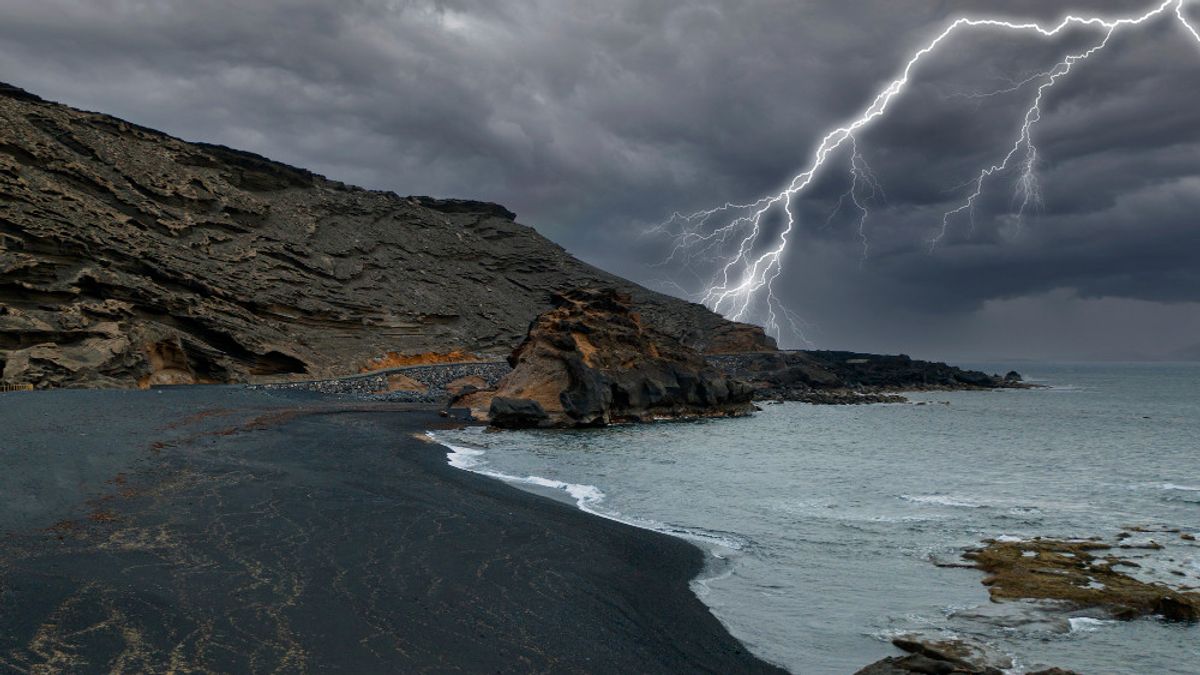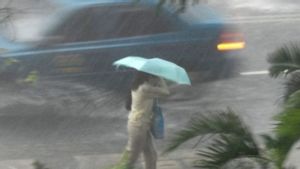YOGYAKARTA - The Meteorology, Climatology and Geophysics Agency (BMKG) urges all parties to be aware of the impact of Tropical Cyclone Yagi. Fishermen are asked to be careful of the indirect impacts caused by these natural phenomena, such as high sea waves.
The appearance of the tropical cyclone Yagi was conveyed by BMKG through its official Instagram account @infobmkg on Tuesday (3/9). The tropical cyclone was detected in the Philippine Sea which is 1,240 km north of Tahuna, North Sulawesi. So what are the tropical cyclones Yagi and what are the impacts?
Tropical Cyclone Yagi is one of the tropical cyclones formed in the northwestern Pacific Ocean region. The cyclone was first detected by the meteorological body in Japan in 2018.
The name "Yagi" itself comes from Japanese meaning "kambing." This naming is part of a tropical cyclone naming system in the western Pacific region, where each cyclone gets the name from the list agreed upon by various countries in the region.
Tropical Cyclone Yagi, like any other cyclone, is formed from tropical disturbances which then develop into strong storms. The process of forming this cyclone begins with heating up seawater in the tropics. As seawater heats up, the air above it heats up and rises into the atmosphere.
The rising air carries water vapor, then when it reaches a certain height, the water vapor condenses and forms storm clouds. This process continues and forms a storm system that rotates around a low pressure center.
The impact of Tropical Cyclone Yagi varies depending on the area it passes through. In some areas, this cyclone brings heavy rains that cause floods and landslides.
Some reports say there was minor infrastructure damage caused by strong winds, such as fallen trees and damage to small buildings. Nonetheless, Tropical Cyclone Yagi does not cause major damage as is often the case in tropical cyclones with higher categories.
In Indonesia, the impact of Tropical Cyclone Yagi is felt in the form of significant weather changes. Several regions in Indonesia, especially in the north and east, experienced an increase in rainfall and strong winds as a result of the presence of this cyclone.
BMKG Indonesia also issued an early warning to people in areas that could potentially be affected by this cyclone. Although the impact is not as big as in Japan or Taiwan, vigilance is still needed against potential floods and strong winds that can occur.
Previously, the BMKG said that the impact of strong winds from the tropical cyclone Yagi occurred in the waters of the Pacific Ocean north of North Maluku. The results of the BMKG analysis stated that the movement of the maximum wind speed was 40 knots or 75 kilometers per hour and air pressure was 994 hPa.
The wind speed and air pressure affect the sea wave height of 1.25 meters - 2.5 meters in the North Pacific Ocean of Halmahera, North Maluku. The BMKG said the Yagi tropical cyclone had no significant impact on the potential for weather in Indonesia, and its position was very far away.
SEE ALSO:
Demikianlah review tentang apa itu cyclon tropical Yagi yang terjadi di perairan sebelah utara wilayah Indonesia pada beberapa hari lalu. Meski tidak termasuk dalam cyclon dengan kategori tinggi, Yagi tetap memberikan dampak yang berjalannya seperti hujan lebat, angin kencang, serta potensi banjir dan tanah longsor di beberapa daerah. Baca juga dampak cyclon tropical Ewiniar di Indonesia.
Stay up to date with the latest domestic and other overseas news on VOI. We present the latest and updated information nationally and internationally.
The English, Chinese, Japanese, Arabic, and French versions are automatically generated by the AI. So there may still be inaccuracies in translating, please always see Indonesian as our main language. (system supported by DigitalSiber.id)
















